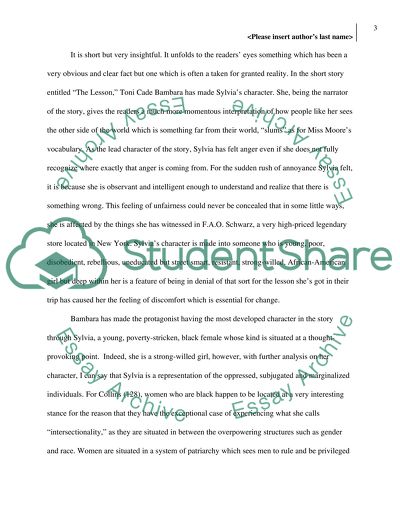Cite this document
(“Sylvia in The Lesson Essay Example | Topics and Well Written Essays - 1500 words”, n.d.)
Sylvia in The Lesson Essay Example | Topics and Well Written Essays - 1500 words. Retrieved from https://studentshare.org/literature/1437725-resarch-paper-argumentative-research-paper-the
Sylvia in The Lesson Essay Example | Topics and Well Written Essays - 1500 words. Retrieved from https://studentshare.org/literature/1437725-resarch-paper-argumentative-research-paper-the
(Sylvia in The Lesson Essay Example | Topics and Well Written Essays - 1500 Words)
Sylvia in The Lesson Essay Example | Topics and Well Written Essays - 1500 Words. https://studentshare.org/literature/1437725-resarch-paper-argumentative-research-paper-the.
Sylvia in The Lesson Essay Example | Topics and Well Written Essays - 1500 Words. https://studentshare.org/literature/1437725-resarch-paper-argumentative-research-paper-the.
“Sylvia in The Lesson Essay Example | Topics and Well Written Essays - 1500 Words”, n.d. https://studentshare.org/literature/1437725-resarch-paper-argumentative-research-paper-the.


